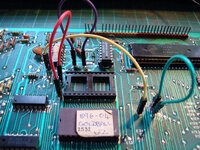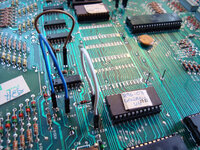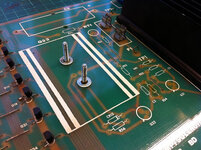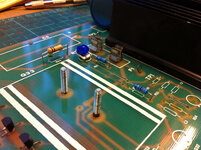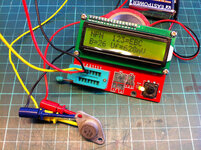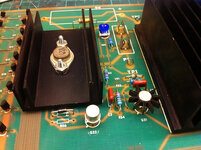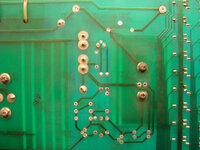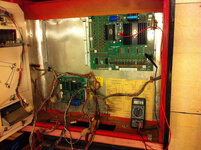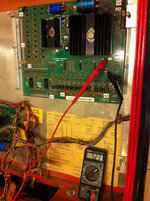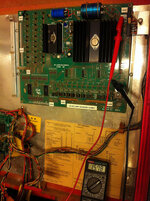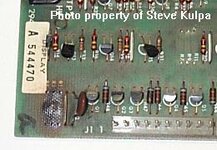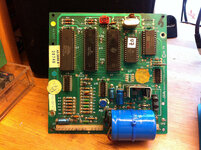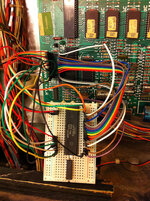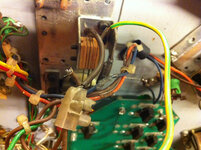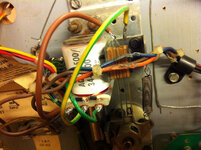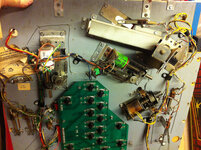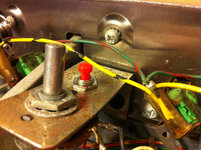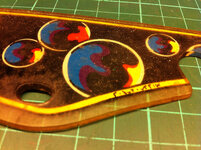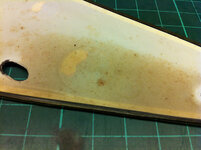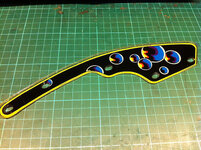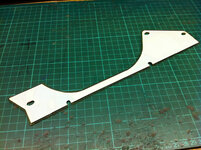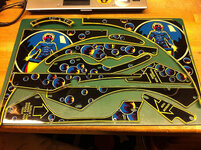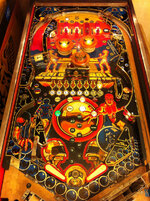Did you notice the upgrade rom set for Goldball?
I've been working with Oliver Okaegi on a new attrackt mode, re-arranged the sounds a bit and some small changes in game rules.
You can find all on Oliver's website.
http://www.pinball4you.ch/okaegi/pro_soft.html
These are the rom changes:
Version date remark 12 280305
add 7-digit displays for player 1 - 4 (optional), add version nummber, recalculate checksum
installation notes (optional):
replace the four player 6-digit displays with 7-digit displays
Add an additional wire fom A4 (mpu) J1 Pin 7 to every player display pin 12 (don't connect the credit display!)
installation note:
burn the U6 amd U2 files on 2732 eproms.
after power on you will see the version number in the one player display.
You can leave the 6 digit displays in place no dip switch is needed, because goldball internally works with 7 digit scoring.
new with version 10:
improved attract modus (based on ideas from inkochnito).
enable freegame when dip 25 and dip 26 = on (credit not lower then 01).
This version is based on the bally gold ball service kit, this means when if dip14 = 0 and dip15 = 0 and dip16 = 0 the "gold ball" is reached when you complete the goldball letters.
Also dip24 = 1 means:
Top Rollover Button, Gold Ball special when flashing, comes on at the start of "Gold Ball" play, and every subsequent ball-in-play if not collected.
Also dip24 = 0 means: Top Rollover Button, Gold Ball special when flashing, comes on at the start of "Gold Ball" play.
For the following events the sound has been changed:
special award, 10 point rebound, Goldball complete, 30 points rebound, PLAY lanes miss letter center (left and right target), spot goldball letter, left return lane, top right star, right star, extra ball awarded, tilt, PLAY already lit, right and inner left outlane target 1, 2, 3 already lit, target 1, 2, 3,1-2-3 complete.
Play lanes (50k, extra ball, special) always reset if dip switch 7 is off.
new version 12:
corrected GI problem, goldball complete only played once.
Peter
www.inkochnito.nl
PS. If you need the rom file, just ask.

